
Study suggests that health care providers should discuss with patients whether they are using any integrative medicine strategies, which ones, and why.

Study suggests that health care providers should discuss with patients whether they are using any integrative medicine strategies, which ones, and why.

Last year, the majority of new drug approvals were for small molecules, including treatments for HIV, cancer, infections, heart and kidney disease, and neurological disorders.

On this week's episode, Joanna continues her conversation with Allyson Brennan, Founder of Emogene & Co, PharmD, about skincare, the importance of a healthy skin barrier, Vitamin C, and work-life balance.
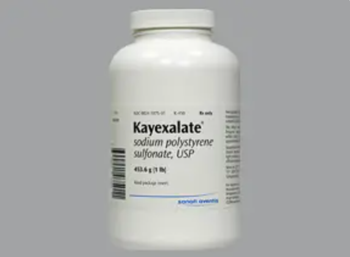
Kayexalate is a potassium binder indicated for the treatment of hyperkalemia.
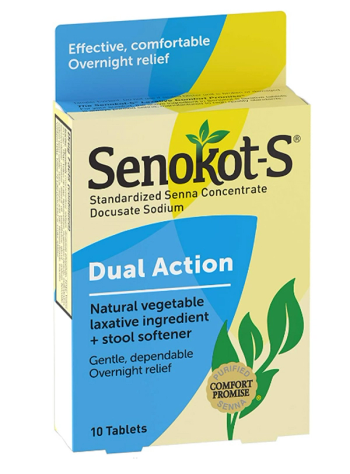
Senokot-S is indicated for constipation relief.

Health care workers who got 4 total doses against COVID-19, 2 doses of which are boosters, experienced more than 10% lower breakthrough infection rate than those with only 3 total doses.

A new neutralizing monoclonal antibody could become an inhaled cocktail for long-term COVID-19 prevention.

The CDC published a new study, which found that a second mRNA booster shot would be effective against the Omicron variants of COVID-19.
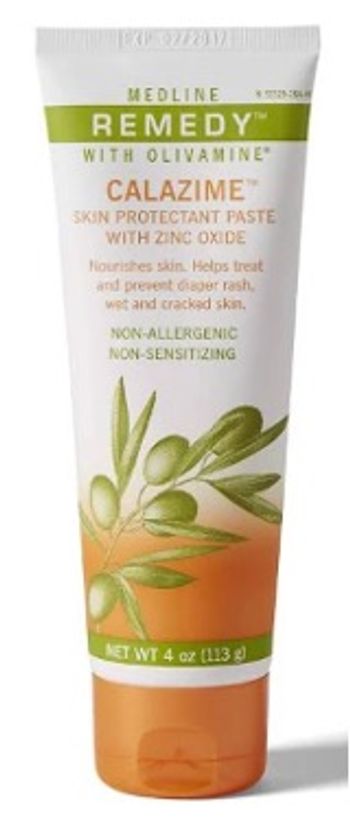
Calazime is indicated for the treatment and prevention of diaper rash and minor skin irritations.

In addition to expanding patient access to Paxlovid, the recent authorization of pharmacists to prescribe the drug marks a step toward provider status.

Unlike prior recommendations for prevention, which focus on dietary factors associated with first-time stone formulation, the new analysis looks at recurrences.
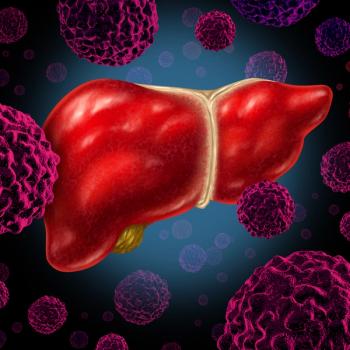
Revised plan incorporates lessons from the COVID-19 pandemic and recent advances in technology, aligning with the Department of Health and Human Services’ roadmap.

Investigators found that the health risks linked to the condition known as metabolic syndrome could be diminished by green tea’s anti-inflammatory benefits in the gut.

Genetic variations in the 5-hydroxytryptamine serotonin receptor uniquely impacted the receptor’s response to psychedelic drugs, including LSD and psilocin, possibly explaining why patients have varied success with psychedelic treatment for psychiatric conditions.

Older individuals who were exposed to any amount of light while sleeping were significantly more likely to be obese, have high blood pressure, and have diabetes.
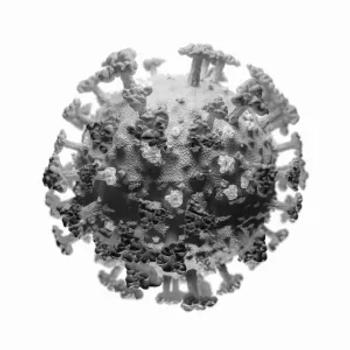
While the vaccines continue to provide critical, evidence-based protection against the coronavirus, rare cases of myocarditis and pericarditis have been reported.

Xenia Tigno, PhD, and Reshma Jagsi, MD, DPhil, discuss how the pandemic impacted women’s careers in medical research and other medical fields.
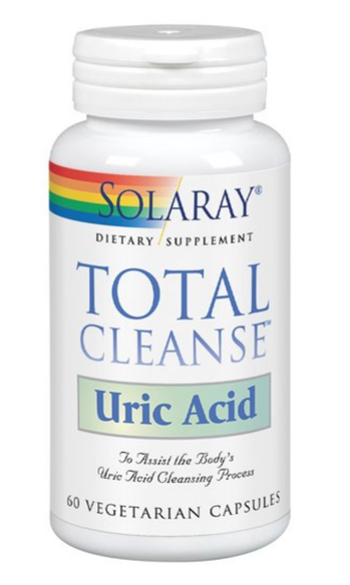
Total Cleanse Uric Acid helps to reduce uric acid levels in the body and help support a greater level of comfort in the joints.
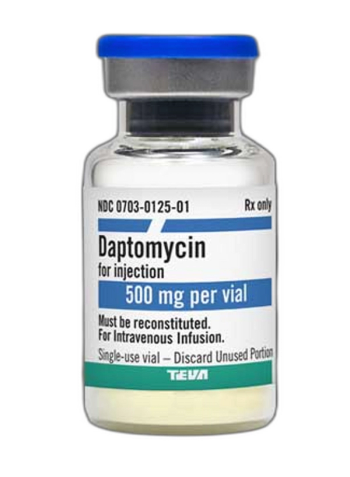
Daptomycin for injection (Cubicin) is indicated for the treatment of complicated skin and skin structure infections and Staphylococcus aureus bloodstream infections.

Michael Ganio, PharmD, MS, BCPS, FASHP, senior director of pharmacy practice and quality at ASHP, discussed the declaration of monkeypox as a public health emergency

Study finds that only 19.6% of US adults have high cardiovascular health, whereas 62.5% have moderate health and 17.9% have low.

A recent study found that 61% of otherwise healthy Black and Hispanic adolescents have low vitamin D levels, which continues to drop with age.

Results also show that nearly half are not sure whether a vaccine exists, and a large majority know that the disease spreads through close contact.

Study is the first to use an artificial intelligence algorithm to break down visual field loss in new-onset glaucoma cases among population groups in the United States.
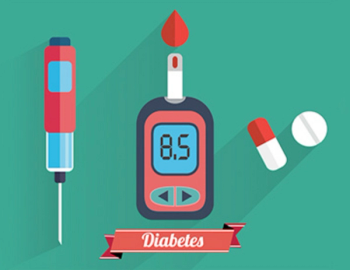
American Diabetes Association updates recommendations regarding SGLT-2 inhibitors, GLP-1 RA, and finerenone for cardiovascular and renal comorbidities.
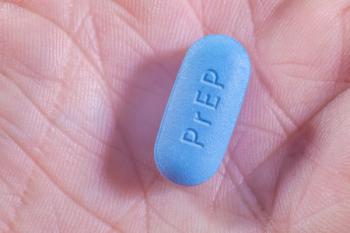
The effective preventive treatment could reduce HIV rates but needs greater access and affordability, especially among Black and Latino populations, investigators contend.

Driving distance is not a predictor of accessibility for those who do not have a car or access to public transportation, investigators say.

The suggested wave 4 of the opioid crisis saw high opioid-involved overdose death rates in urban counties and high acceleration of overdose deaths in rural counties, indicating that the opioid crisis worsened during the COVID-19 pandemic.

Pharmacists need to focus on taking care of themselves while they continue to take care of others in even bigger ways post-COVID-19 pandemic.
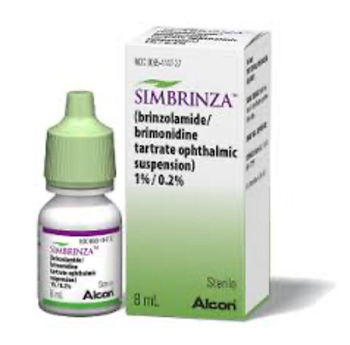
Brinzolamide/brimonidine tartrate (Simbrinza) is indicated for the reduction of elevated intraocular pressure in patients with open-angle glaucoma or ocular hypertension.